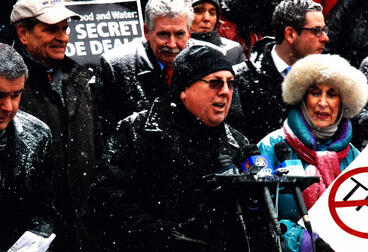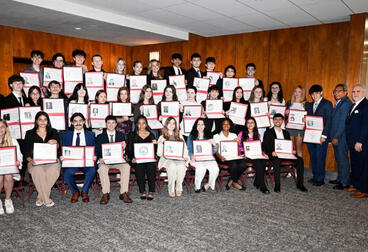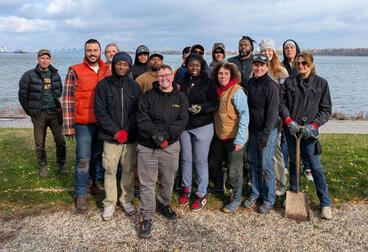Does your job keep you outside in cold weather? If so, here are two essentials when getting ready for the workday: Dress in layers and use sun protection.
Dressing in Layers
Chilly temperatures are often accompanied by rain, sleet, and snow. Prolonged exposure to any one of these can lead to cold stress and its related, serious conditions like hypothermia and frostbite.
Loss of alertness and fatigue, both of which increase the likelihood of suffering a workplace accident, can also result from exposure to cold, and it doesn’t have to be freezing. Fifty-degree temperatures mixed with a little wind and precipitation can be treacherous.
Wearing three layers of loosely fitting clothing made of wool, silk or synthetic materials can help protect against these conditions by:
- Wicking moisture away from the body
- Providing insulation
- Allowing ventilation
It is also important to:
- Wear a hat or hood to reduce the amount of body heat that escapes from the head. Forty percent of body heat can be lost when the head is not covered.
- Wear insulated, water-resistant gloves.
- Wear insulated, waterproof footwear to protect against trench foot.
Sun Protection
The importance of wearing sunscreen and using lip balm does not change when temperatures fall.
The sun’s ultraviolet rays, the source of most cases of skin cancer, can be as dangerous in the winter as they are in the summer if proper sun protection measures are not taken. Often times, the head, face and neck areas are exposed year round. It is not a coincidence that these are also the places on the body where most skin cancers occur. As in the warmer months, on and off the job, it’s essential to use sun protection.
Protect against skin cancer by:
- Using a broad spectrum sunscreen and lip balm with a sun protection factor (SPF) 30 or higher.
- Applying sunscreen 15 minutes before going outdoors.
- Reapplying sunscreen every two hours or more frequently if sweating or wet.
In addition, continue to protect your eyes as you do in warm weather by wearing wrap-around sunglasses.


